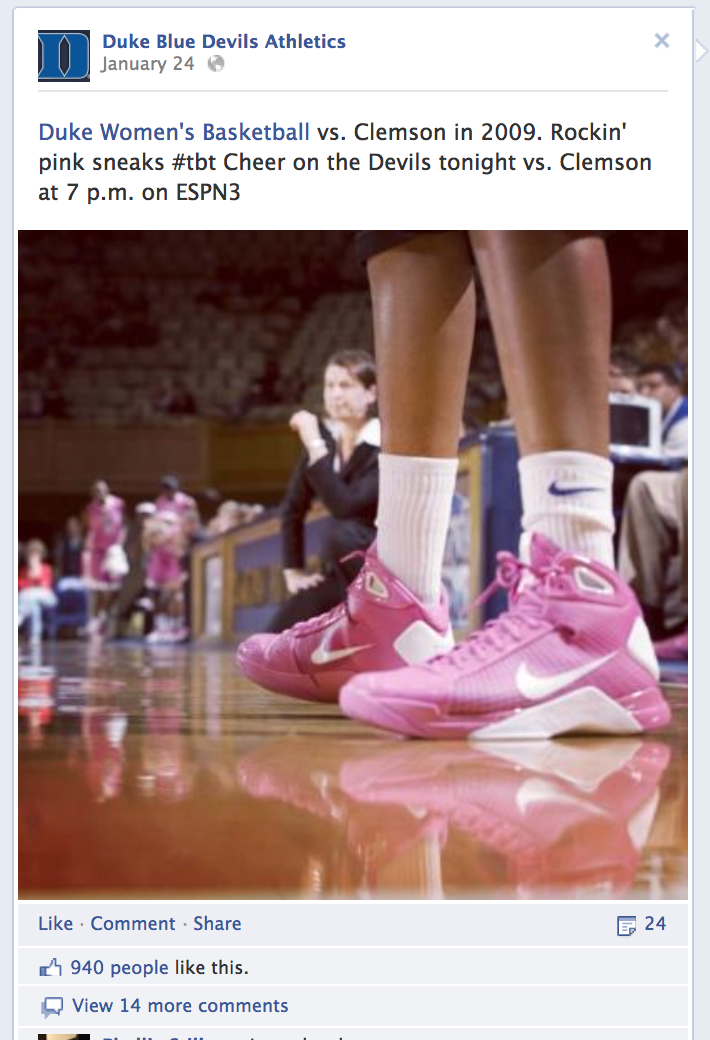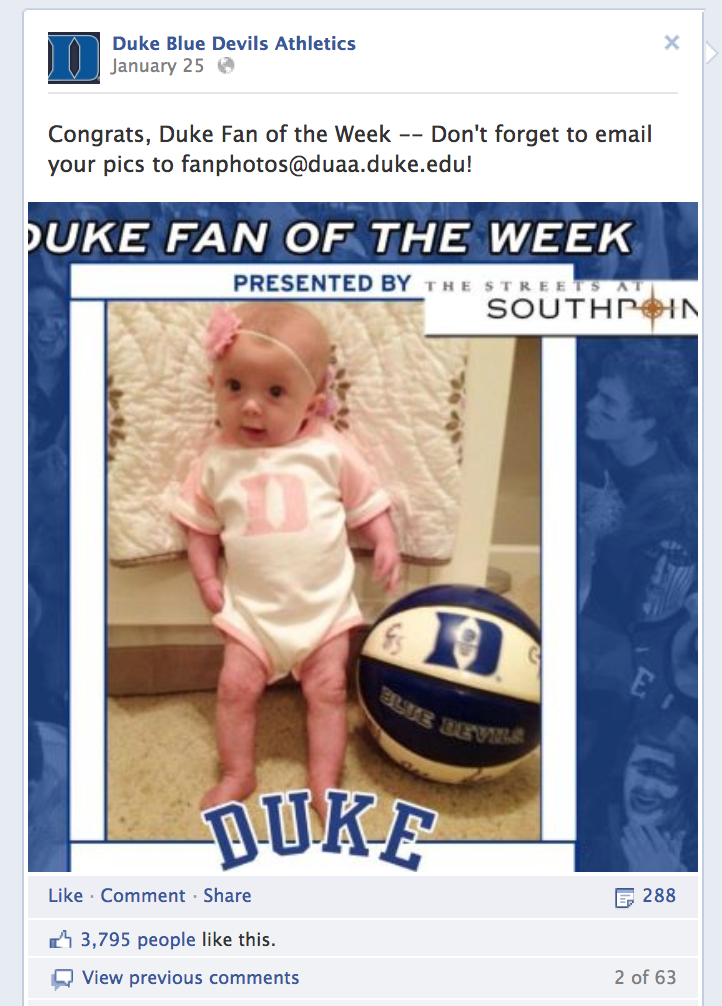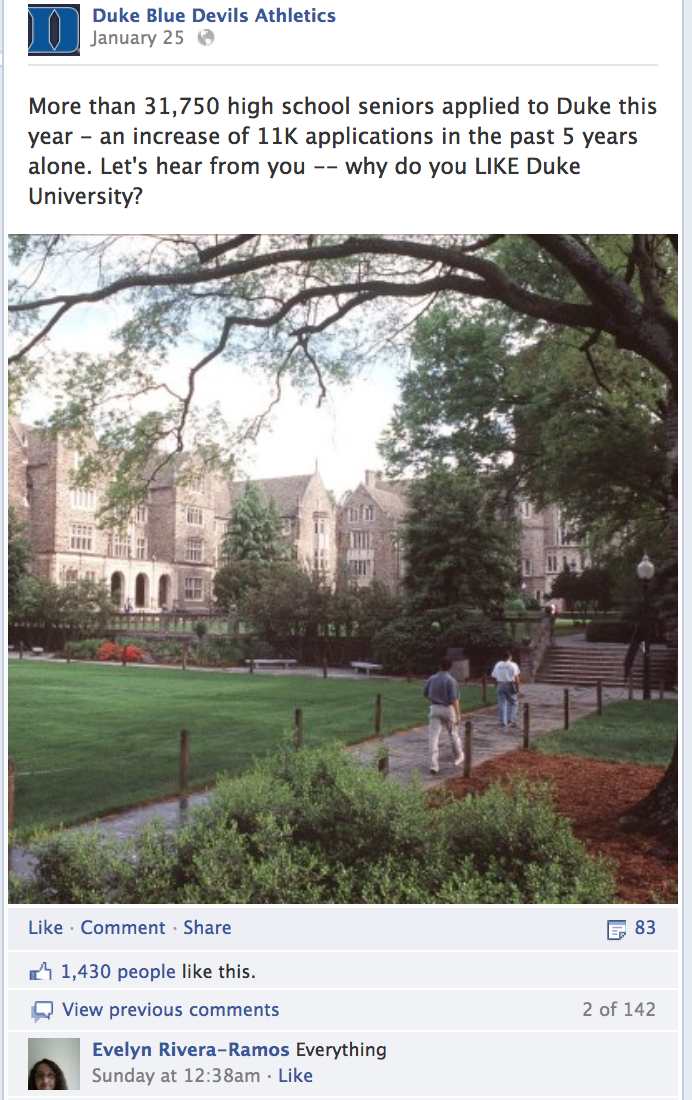Often when I tell people that I work in social media, the response I get is: “I would love to play on Facebook and Twitter all day for a living.” Can you hear my sigh through your computer?
Yes, sometimes working in social media pigeon holds us to the platforms. People who work in social media have a specific communication style and skill set that goes beyond people able to craft a post and a tweet.
First of all, social media professionals have a unique way of communicating—they can cut through the company-jargon to speak to the heart of consumers, fans, etc. They know how to make the complicated, simpler; they know how to make the ordinary, interesting. Social media strategists understand what it takes to make brands more relevant, timely and human.
In addition, working in social media helps you understand what it means to have an integrated communication plan. After all, social media is only a small piece of a larger puzzle.
I could go on, and on and on.
This is the bottom line: Those who work in social media should bring more to the table than hitting “post” or “tweet”.
It’s our responsibility as social media professionals to communicate our skill sets— in addition knowledge of the platforms—to those who don’t work in the industry so they see value beyond a post or a tweet (we need big-picture thinking). After all, what we do will long outlive the latest platform fad… it will just take shape in different forms and fashions.
Agree, disagree?


